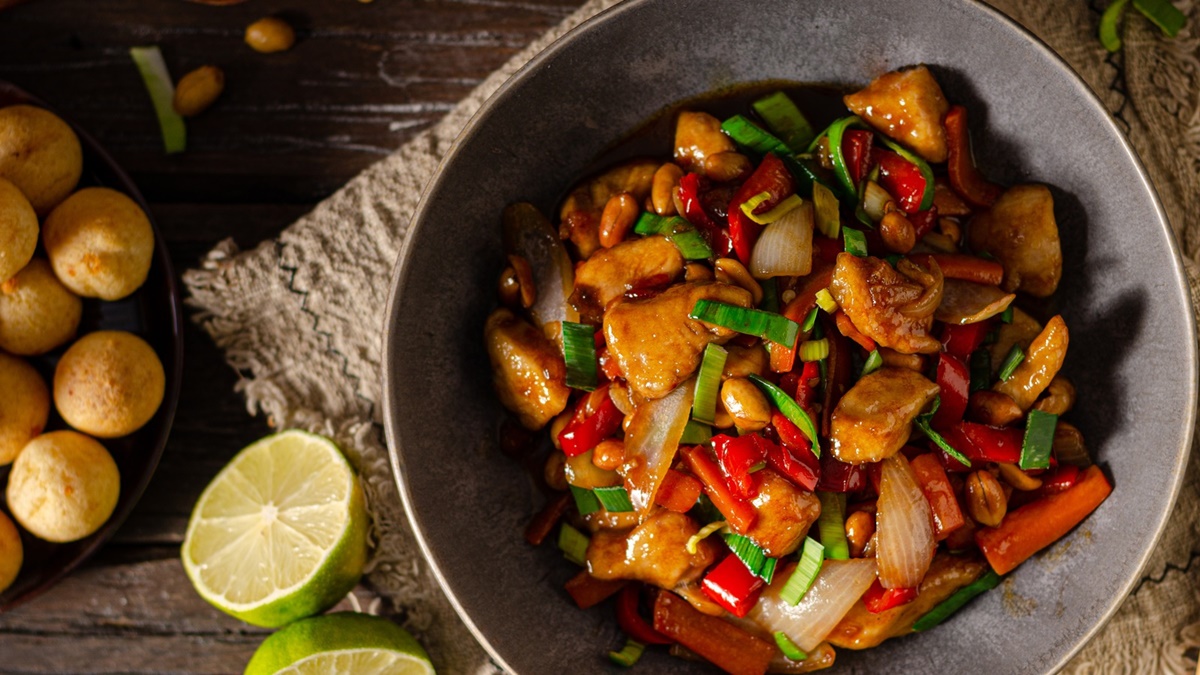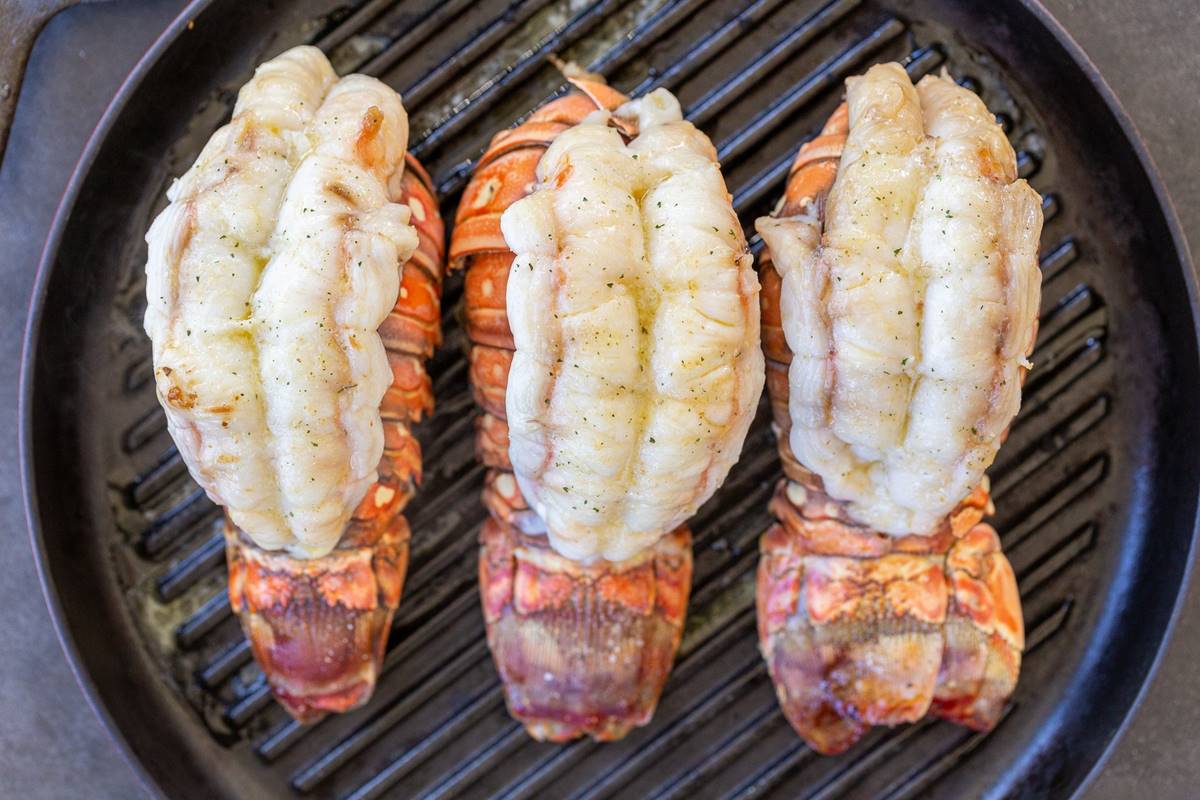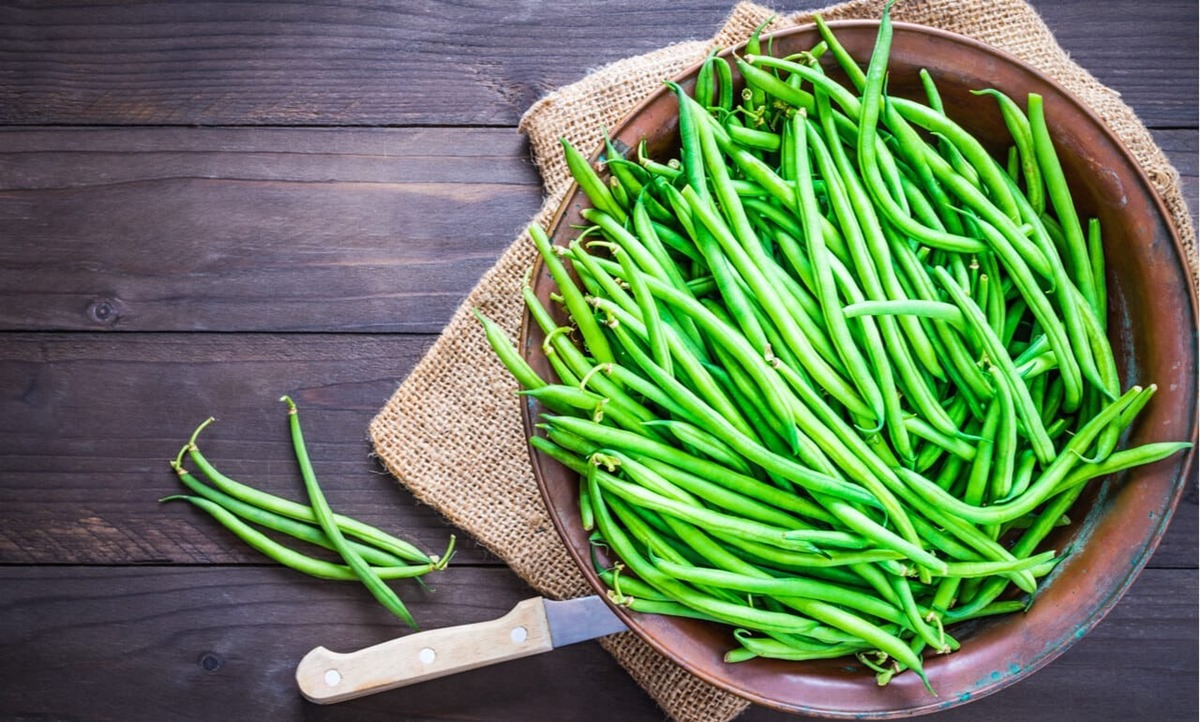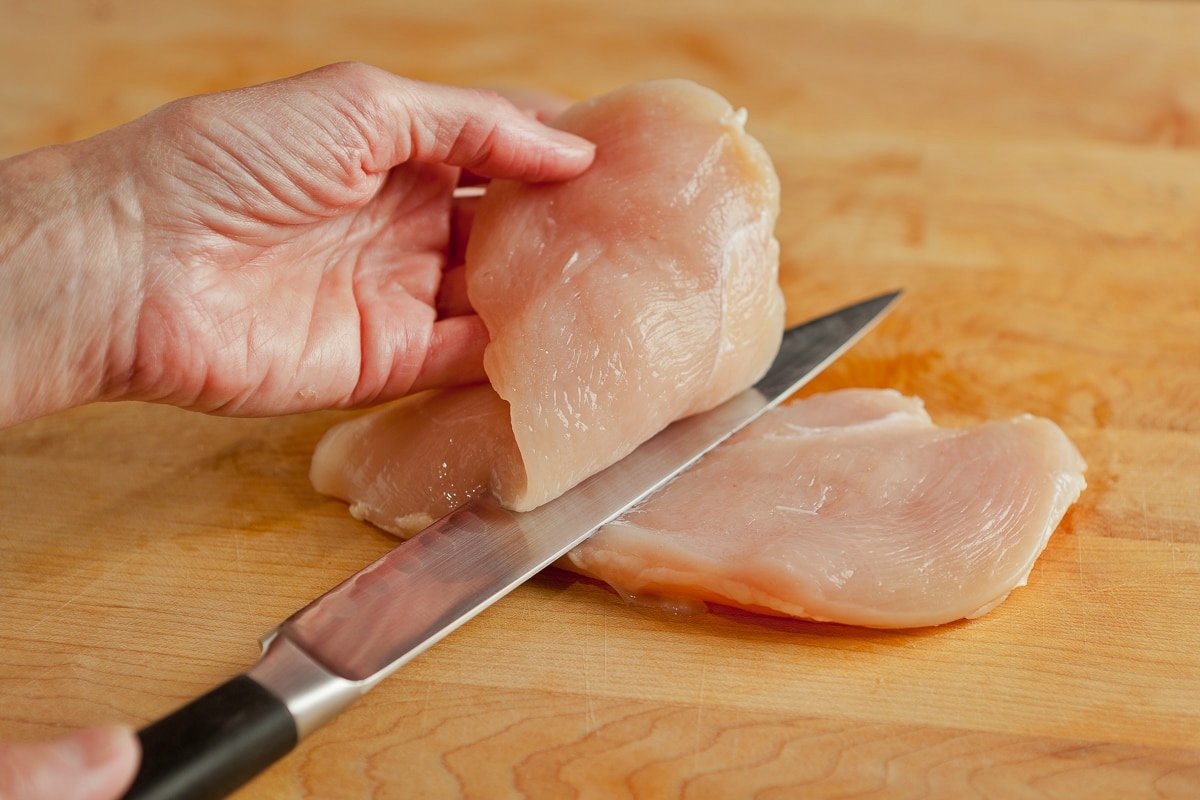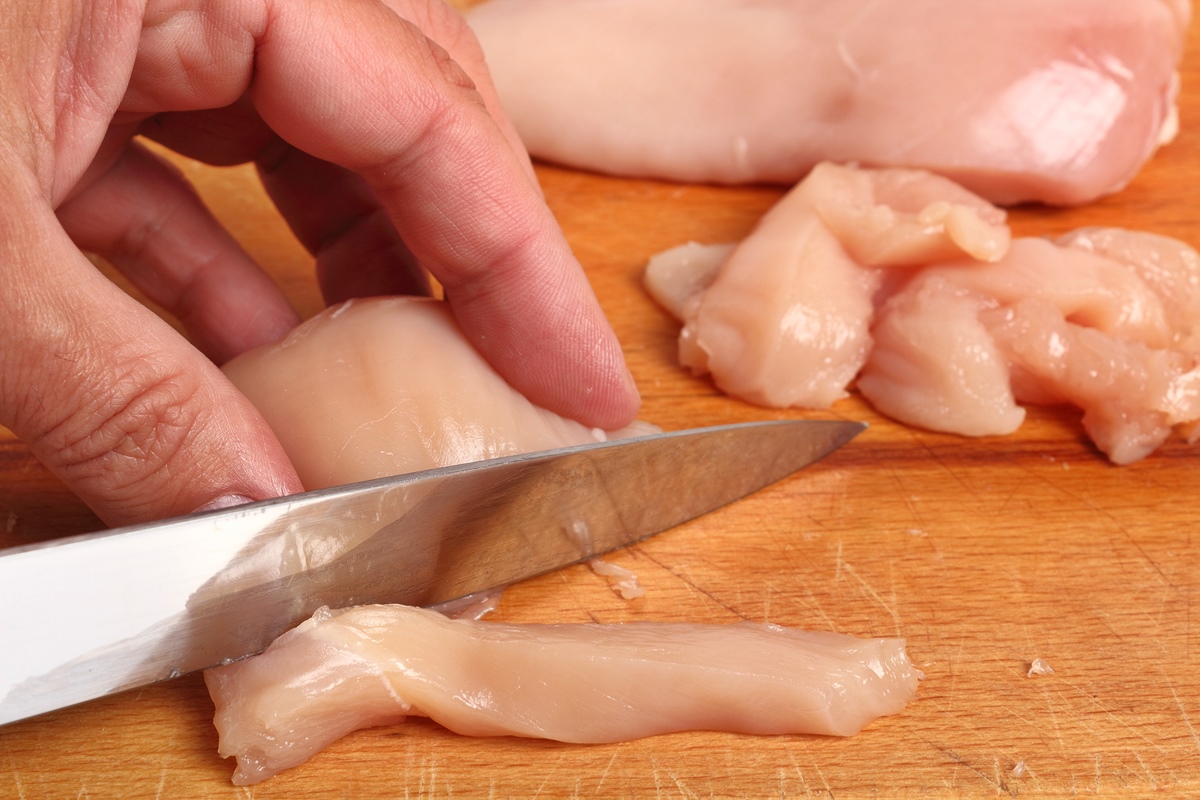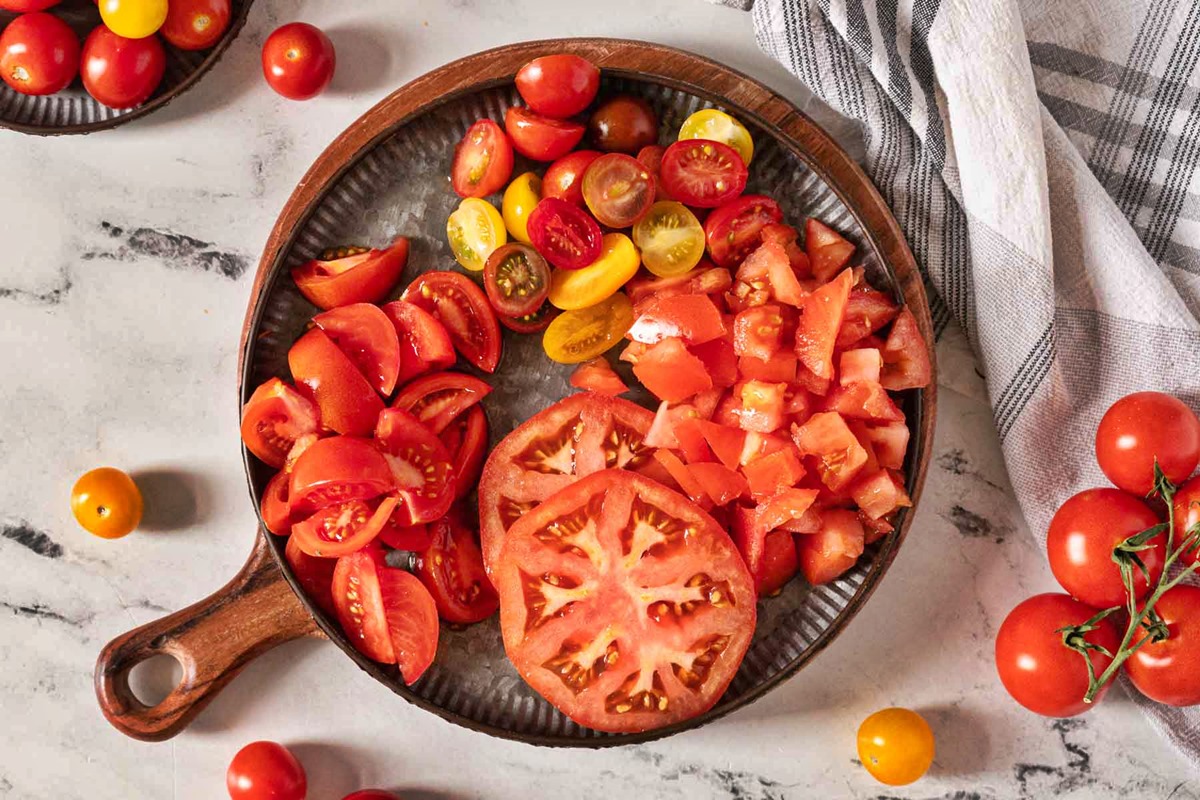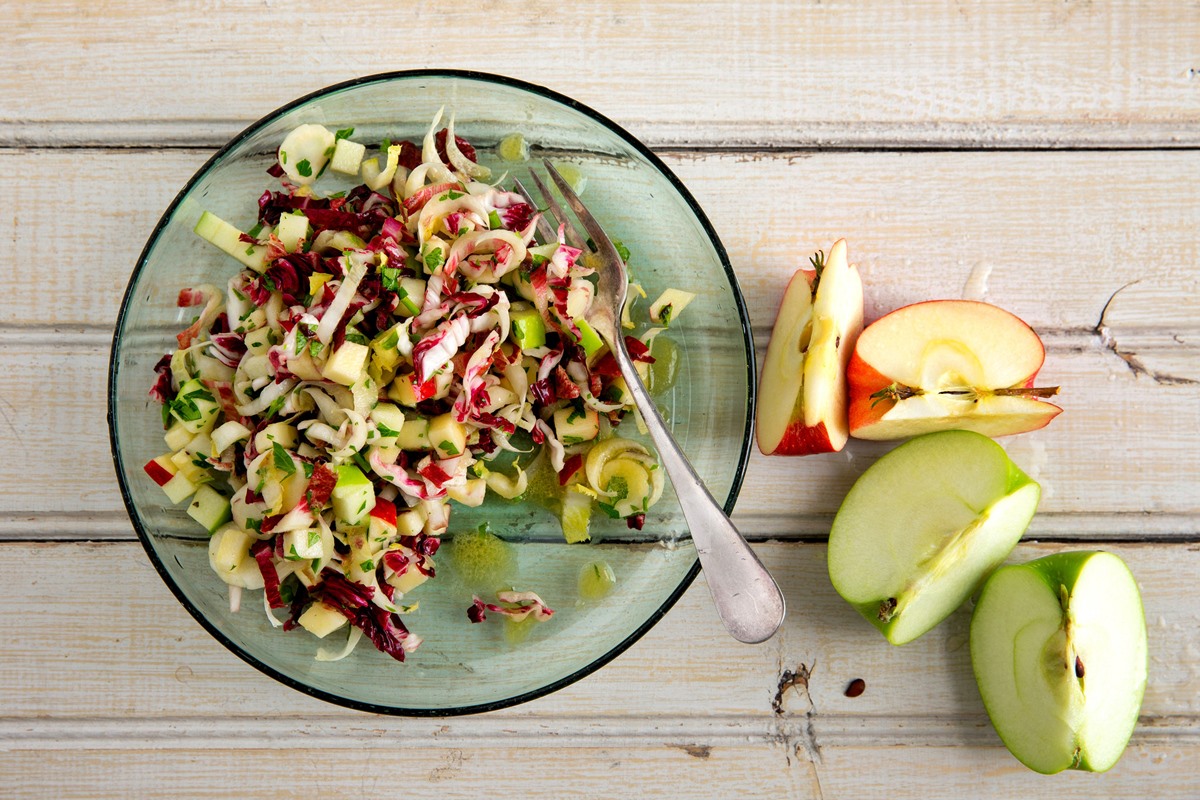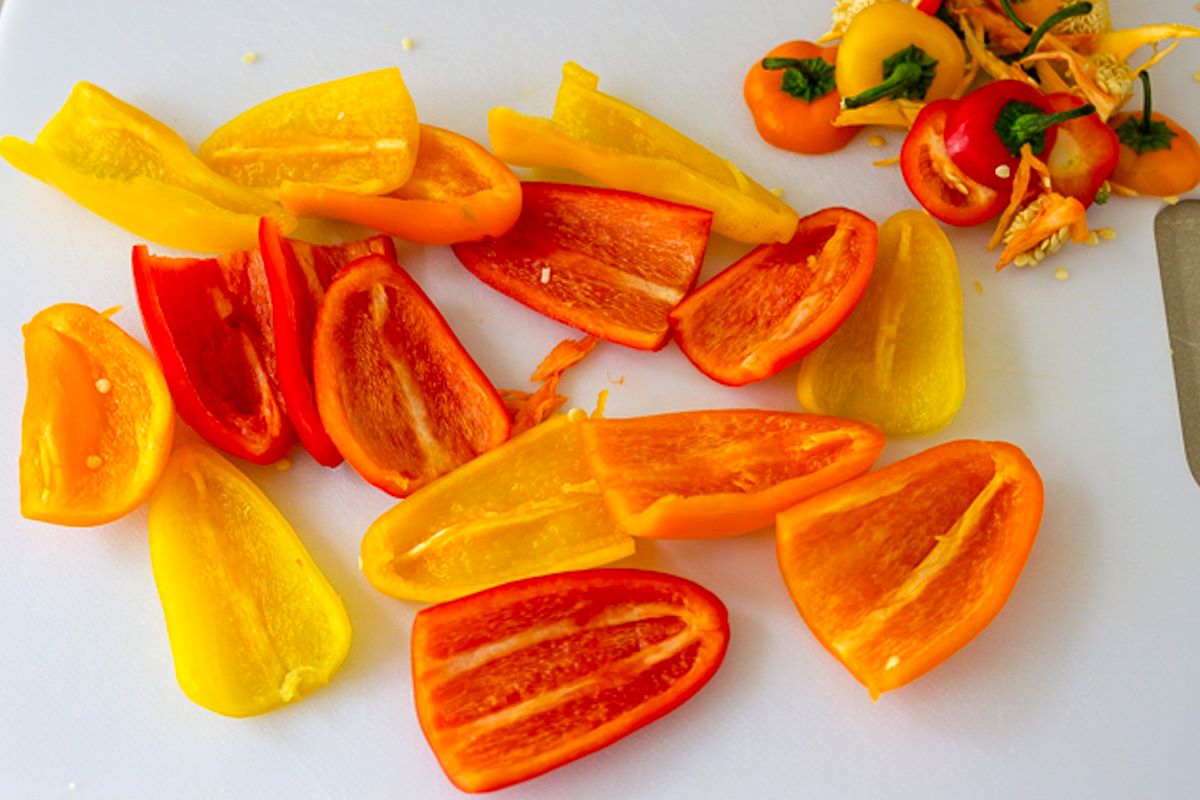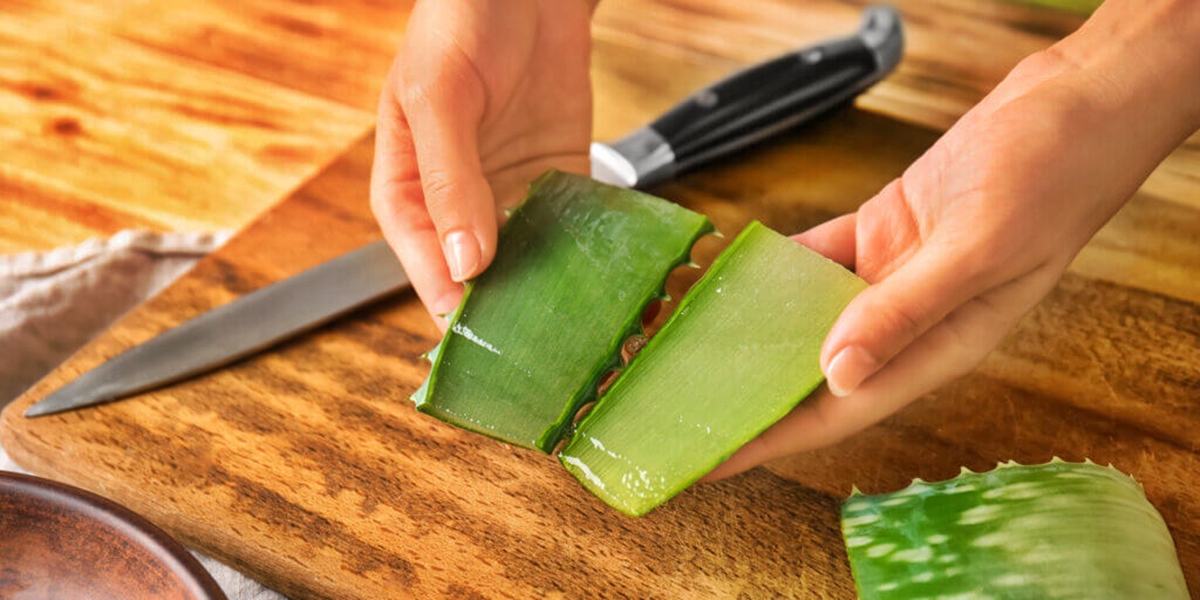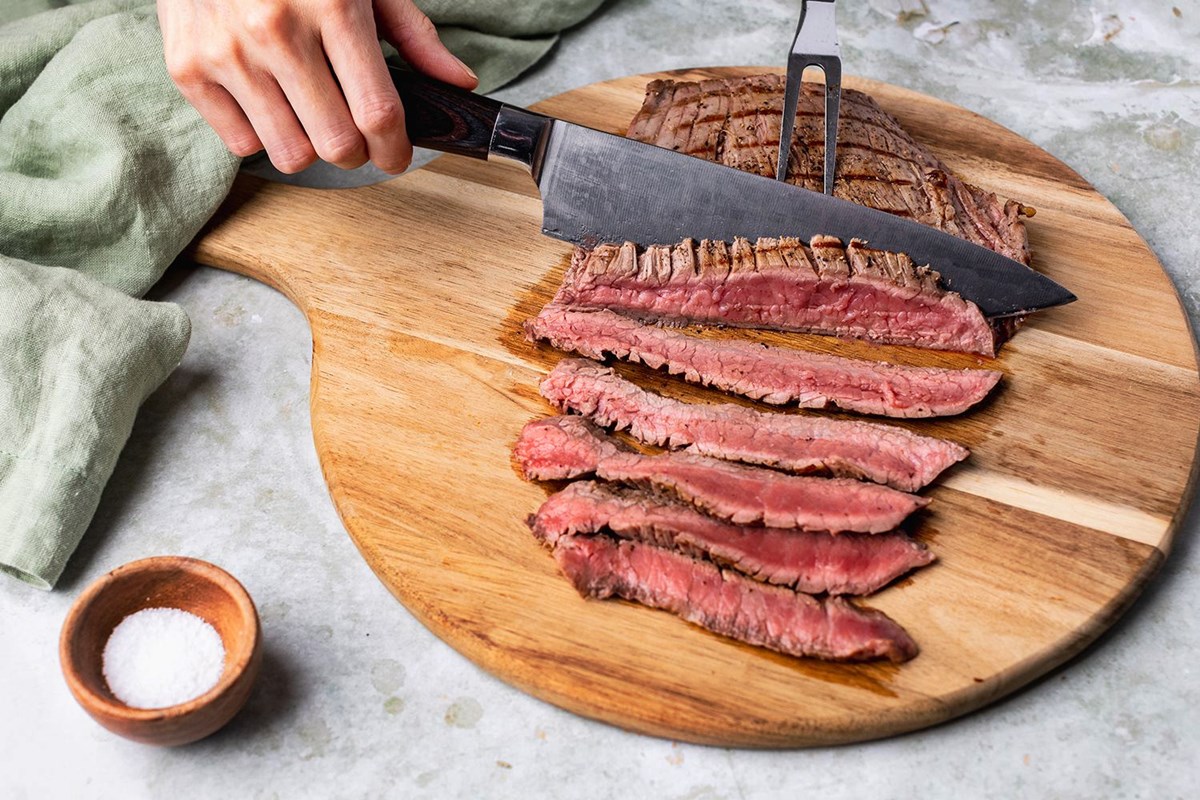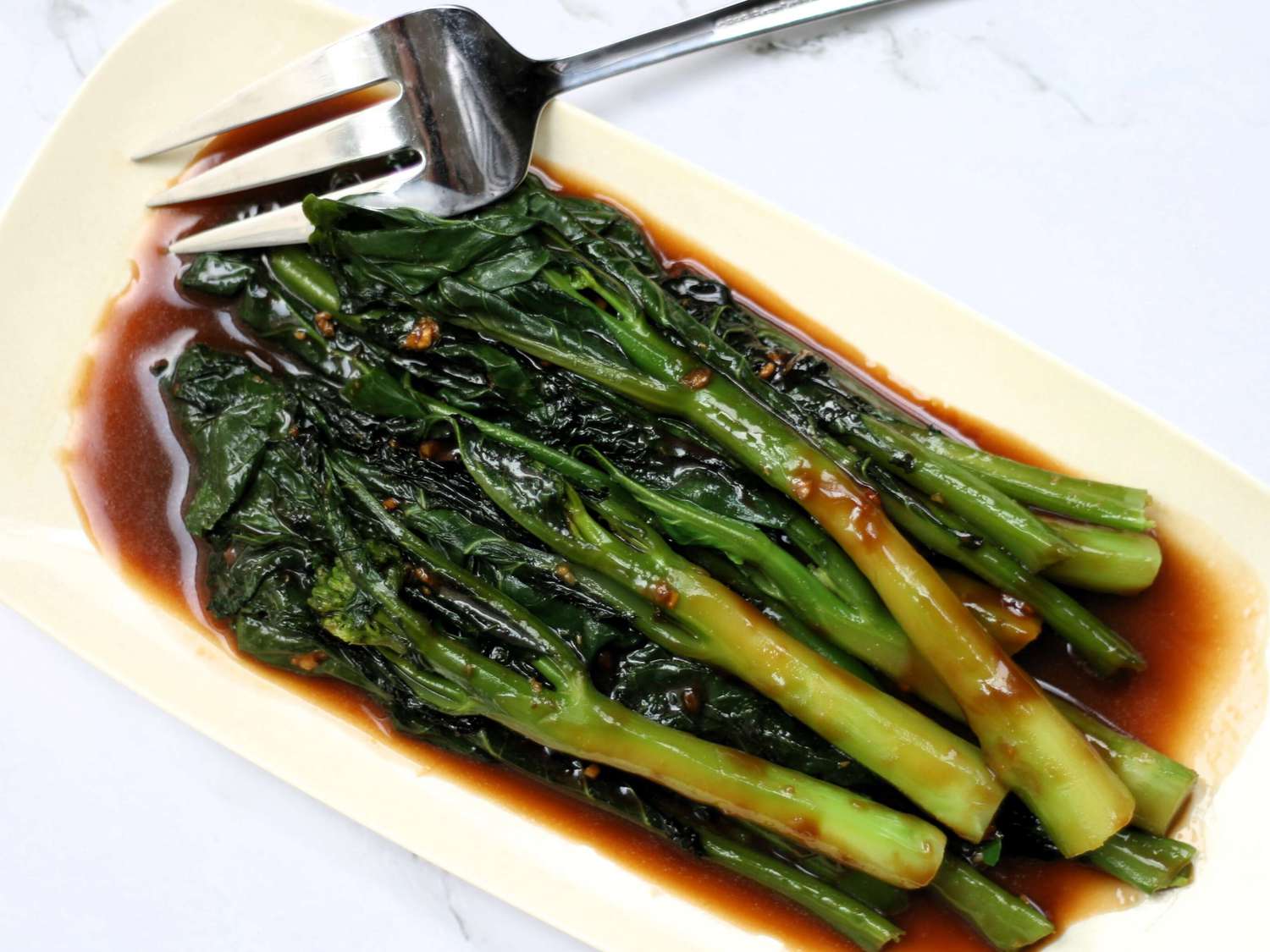How To Cut Ribeye Steak Against The Grain
Are you a steak lover? Is Ribeye your go-to cut? If so, you’re in for a treat! Cutting ribeye steak against the grain is a technique that can take your steak-eating experience to the next level. In this article, we will guide you through the steps of perfectly slicing your ribeye against the grain, ensuring maximum tenderness and flavor.
Why Cut Against The Grain?
Before we dive into the process, let’s understand why cutting against the grain is so important. The grain refers to the long muscle fibers that are visible on the surface of the steak. Cutting against the grain means slicing perpendicular to these fibers. By doing so, you are essentially shortening the muscle fibers, resulting in a more tender and enjoyable eating experience.
Step-by-Step Guide
Now that we know the rationale behind cutting against the grain, let’s get practical! Follow these steps to master the art of cutting your ribeye steak against the grain:
- Select a Sharp Knife: A sharp knife is essential for clean and precise cuts. Make sure to have a quality steak knife or a chef’s knife with a sharp blade.
- Identify the Grain: Before you start slicing, take a close look at your ribeye steak and identify the direction of the grain. The grain usually runs parallel to the long side of the steak.
- Position the Steak: Place the ribeye on a cutting board and position it so that the grain is running horizontally in front of you.
- Begin Slicing: Start slicing the steak perpendicular to the grain. Make sure to use a smooth and steady motion to achieve consistent cuts.
- Thickness Matters: The thickness of each slice is crucial for optimal tenderness. Aim for slices that are about ¼ to ½ inch thick.
- Repeat and Serve: Continue slicing the steak against the grain until you have cut through the entire piece. Serve your beautifully sliced ribeye and enjoy!
The Extra Touch: Rest Your Steak
Now that you have mastered the art of cutting ribeye steak against the grain, here’s a little bonus tip: let your steak rest before cutting into it. Allowing your cooked ribeye to rest for a few minutes after cooking will help the juices redistribute, resulting in a more flavorful and tender eating experience.
So, the next time you’re ready to indulge in a delicious ribeye steak, remember to follow these steps and cut against the grain. Your taste buds will thank you for the extra tenderness and flavor!
Happy slicing!
Explore Delicious Recipes Using Perfectly Cut Ribeye Steaks
Now that you've mastered cutting ribeye steak against the grain, it's time to put this skill to good use with a variety of mouth-watering recipes. For a straightforward yet classic experience, the Classic Grilled Ribeye Steak offers a perfect starting point. If you're in the mood for something with a bit more zest, the Pan-Seared Garlic Butter Ribeye infuses rich flavors that are sure to impress. For those seeking to explore international cuisine, the Ribeye Pho: Vietnamese Noodle Soup provides a delightful twist on traditional Vietnamese fare. We highly recommend trying the Smoked Ribeye with Chimichurri Sauce for its robust flavors and the vibrant, herby chimichurri that complements the smoky meat beautifully.
Was this page helpful?
Read Next: How To Cut Steak Properly
